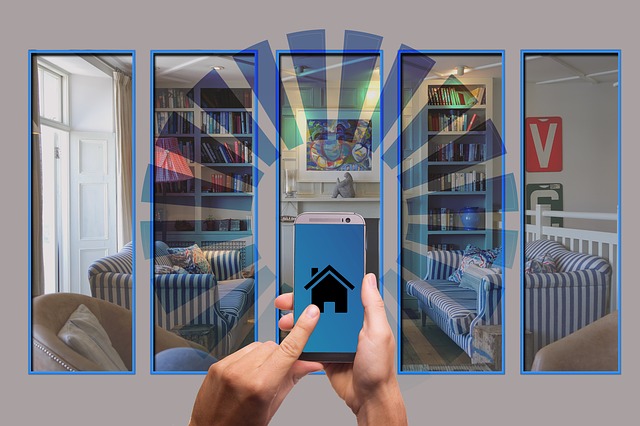The number-one adversary of data centers is heat. Equipment is at risk of failure if the temperature rises above acceptable levels. Worse, it has a negative impact on profits. As the ambient temperature increases, the energy required to cool it down also rises, resulting in greater energy expenditures.
Cooling systems are excellent at keeping temperatures low. However, in order to improve their efficacy, cooling equipment is often linked with sensors or server room temperature monitoring devices (TMD). These are network-enabled sensors that check to see whether the server rooms are operating at an optimal temperature.
Temperature sensors can be placed in the data center in the same way as temperature monitoring systems are used to keep an eye on cooling systems. The fact that temperature flow is more dynamic than humidity flow makes it even more essential to scatter them throughout the space.
What Is Temperature Monitoring in Data Centers and How Does It Work?
The ability to monitor the temperature of a computer system allows IT staff to minimize energy usage while lowering cooling expenses. Servers consume a significant amount of power when they are being cooled. To avoid heat exposure, the data center firm may reduce the temperature as low as possible. However, this also leads to greater expenditures. If a company has an effective temperature
The USDA suggests high humidity levels when it comes to growth rooms. When the temperature is too low, plants might not grow or survive as well. Indoor growers are advised against installing an air conditioner in order to prevent damage from being done to their equipment. If you live in a very humid location, energy costs can be significantly higher than if you live in a drier area.
Different Types Of Temperature Monitoring
The most common type of temperature measuring equipment is the thermometer. They come in a variety of shapes, sizes, and functions. There’s a lot of competition in this market. However, to help you choose and guide you through your purchase decision, it’s critical to understand the many types of temperature monitoring systems available.
Rack Level Monitoring
Racks are pricey to install. According to Gartner’s research, the annual cost of an equipped Wintel rack without business and purchasing costs is around $70,000 USD per year. As a result, preventing equipment damage is critical. The lack of temperature monitoring sensors near the racks allows heat to recirculate undetected, putting the racks
According to the American Society of Heating, Refrigerating and Air-Conditioning Engineers (ASHRAE), racks should have at least six sensors. This might assist prevent overcompensation in the air conditioning system. When the heat is too intense for the sensors to bear, the AC systems are compelled to compensate because they are placed at room level
Ambient Room Monitoring
Room-level monitoring, also known as ambient room monitoring, is when sensors are placed in the vicinity of hot areas and AC units. Temperature and humidity levels are measured by sensors placed near hot zones and AC units. The suggested number of devices varies depending on how many hot zones and AC units exist. If no nearby sensors are available for some AC, Humidity monitoring is as important as server room temperature monitoring The typical relative humidity levels should be between 40% and 60%. Anything more than that will result in static build-up or corrosion. Both will degrade the units equally. As a result, it’s critical to have humidifiers and temperature sensors in your purchase.
Advantages of Monitoring Server Room Temperature
Notifying Customers of an Emergency Before It Happens Minimizes Downtime And Provides Preparedness Reminders
Downtime is perhaps the most feared issue for data center companies. Clients are particularly impacted, with an adverse impact on their bottom line and a decreased possibility of regaining business due to a damaged reputation. So no matter how brief the downtime is, it’s not an option.
The best preventive techniques for preventing downtime are temperature sensors. These gadgets may measure temperatures in real time and notify when there is a change, even if they are spread properly.
It’s critical to distinguish between effective and ineffective temperature monitoring systems. Bad systems have devices in place, but they require human intervention to operate. Good systems can send notifications and follow preprogrammed settings.
Final Thoughts
It’s critical to include monitoring sensors in every area of the company process, from beginning to end. One step toward acknowledging the benefits of temperature monitoring is to recognize them. It’s also a good idea to seek for reputable companies that can provide excellent monitoring results. Apart from the equipment’s effectiveness, it’s also important to examine a firm’s track record to get an idea of their history and how they’ve helped their clients in the past.
Adapt Ideation’s temperature data logger is an excellent example of a company that provides excellent results. With a variety of sensors to choose from, Adapt Ideation can help you find the perfect one for your needs. Contact them today to learn more about their services!

0 Comments